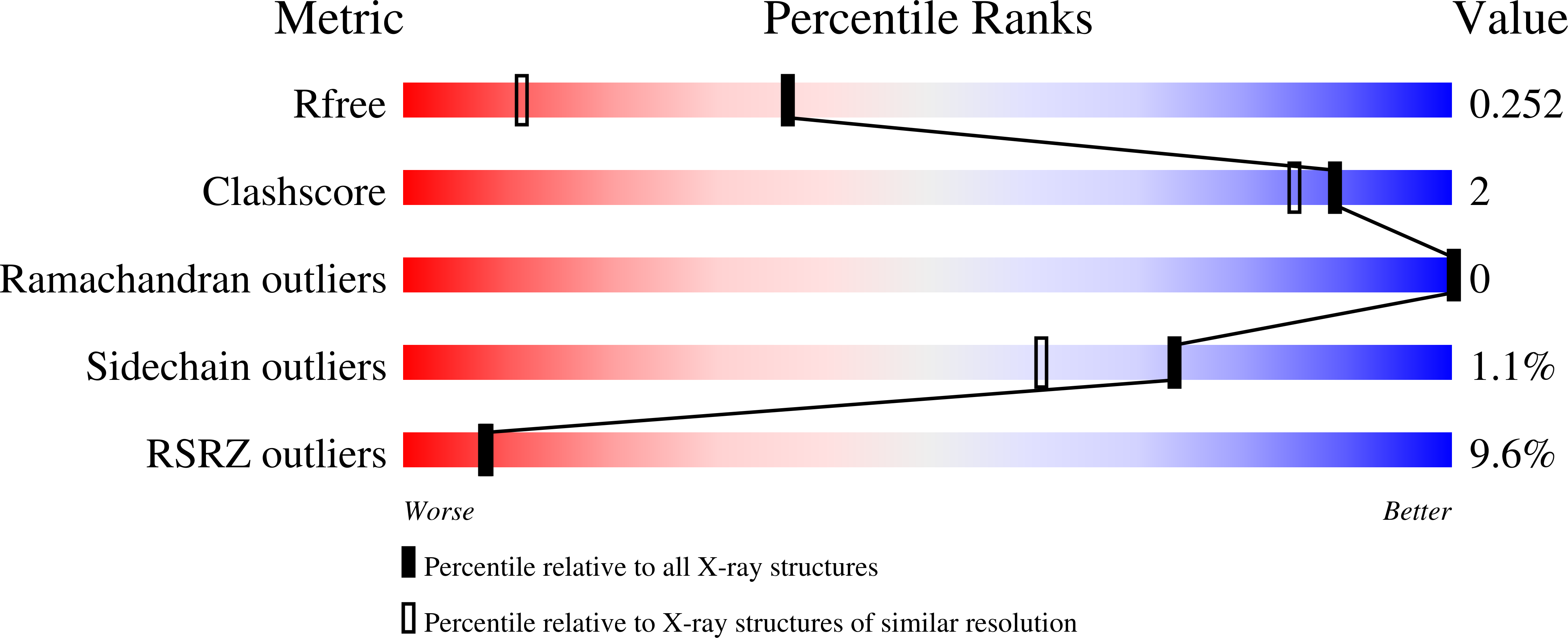
Deposition Date
2019-03-19
Release Date
2020-04-08
Last Version Date
2024-01-24
Method Details:
Experimental Method:
Resolution:
1.67 Å
R-Value Free:
0.24
R-Value Work:
0.21
R-Value Observed:
0.22
Space Group:
P 61 2 2


